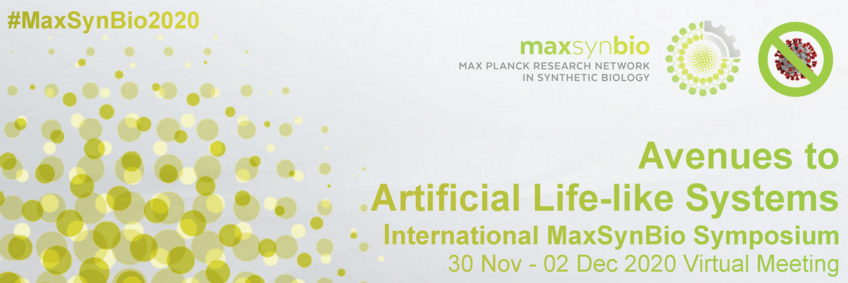
#35 - Controlling Optical and Catalytic Activity of Genetically Engineered Proteins by Ultrasound
Yu Zhou (DWI - Leibniz Institute for Interactive Materials, Aachen)
Tuesday, 01 Dec 21:15 - 22:00 CET
Access to the BigBlueButton rooom for this Mini Talk via the lists for Monday and Tuesday.
Please make yourself familiar with BigBlueButton before you join the Mini Talk - read the instructions.
Abstract
Title: Controlling Optical and Catalytic Activity of Genetically Engineered Proteins by Ultrasound
Author(s): Yu Zhoua,c, Shuaidong Huoa,b,c,d, Mark Loznika,b Robert Göstla, Arnold J. Boersmaa, and Andreas Herrmanna,b,c
Affiliation(s): aDWI – Leibniz Institute for Interactive Materials, Aachen, Germany; bRWTH Aachen University, Aachen, Germany; cUniversity of Groningen, Groningen, Netherlands; dXiamen University, Xiamen, China
Abstract: Ultrasound (US) produces cavitation-induced mechanical forces stretching and breaking polymer chains in solution. This type of polymer mechanochemistry is widely used for synthetic polymers, but not biomacromolecules, even though US is biocompatible and commonly used for medical therapy as well as in vivo imaging. The ability to control protein activity by US would thus be a major stepping-stone for these disciplines. Here, we provide the first examples of selective protein activation and deactivation by means of US. Using GFP as a model system, we engineer US sensitivity into proteins by design. The incorporation of long and highly charged domains enables the efficient transfer of force to the protein structure. We then use this principle to activate the catalytic activity of trypsin by inducing the release of its inhibitor. We expect that this concept to switch ‘on’ and ‘off’ protein activity by US will serve as a blueprint to remote control other bioactive molecules.